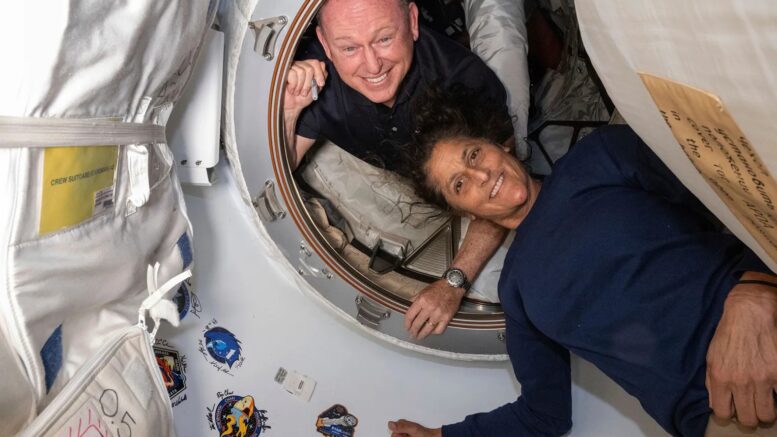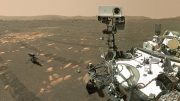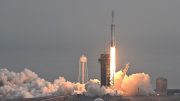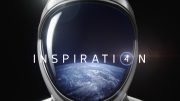The second half of 2024 has showcased opposing space voyages from NASA and Boeing, and SpaceX, demonstrating both the strides and the falls that the space industry can face in a short time. In June, NASA and Boeing sent two astronauts, Butch Wilmore and Suni Williams, on the Boeing Starliner to the International Space Station (I.S.S.). The mission’s purpose was the final test before the Boeing Starliner would be approved for frequent astronaut transport from Earth to the ISS, which would have been a massive breakthrough in space travel. Unfortunately, with five thruster malfunctions, the trip would become an incredible challenge for the two astronauts on board. After barely landing the Starliner onto the I.S.S., NASA soon revealed that the two astronauts’ journey home would be delayed for weeks. Then another delay to August. Then a third announcement, this time with news that Starliner would return, but not with Williams and Wilmore, concerning space enthusiasts around the world about their well-being. Despite the delays, however, the astronauts’ morale remained high with the exception of them missing their families. Recently, SpaceX created a relieving moment, when they announced they would open up two spots on the upcoming Crew-9 launch in February, allowing the two brave astronauts to finally return.
In far more pleasing news, in early September 2024, SpaceX launched the Polaris Dawn with a crew of four, performing the world’s first commercial space walk. Launching from the same place where Apollo 11 took off, Polaris Dawn reached the record-high altitude of 870 miles, before returning to a lower altitude where the billionaire Jared Isaacman alongside others began exiting the spaceshuttle. Traveling through the void by “foot,” the passengers tested out SpaceX’s new EVA (extravehicular activity) suits, which are thin and flexible, yet capable of defense against the ruthless environment of orbit, almost from a sci-fi movie and a major advancement to the traditional astronaut suit. The Polaris Dawn expedition ended five days later, marking three major milestones in space exploration.
The sheer polarity of space exploration represented by these two events occurring in nearly the same time frame reflects the unpredictability of space travel. This sparks a debate regarding safety in space travel as well as confidence measurements; for example, when NASA returned the Starliner, several reports later explained how the Williams and Wilmore could have returned safely on that flight, but due to the uncertainty of NASA and Boeing, this plan was not considered. Furthermore, the $1.5 Billion lost in this incident for Boeing may have played a role in the decision to keep the astronauts in the I.S.S. Events such as these shed light on the most volatile fields and demonstrate opportunities for decision-making technology to assist humans and avoid future mishaps.






Be the first to comment on "Boeing Failure Turns NASA Toward SpaceX"